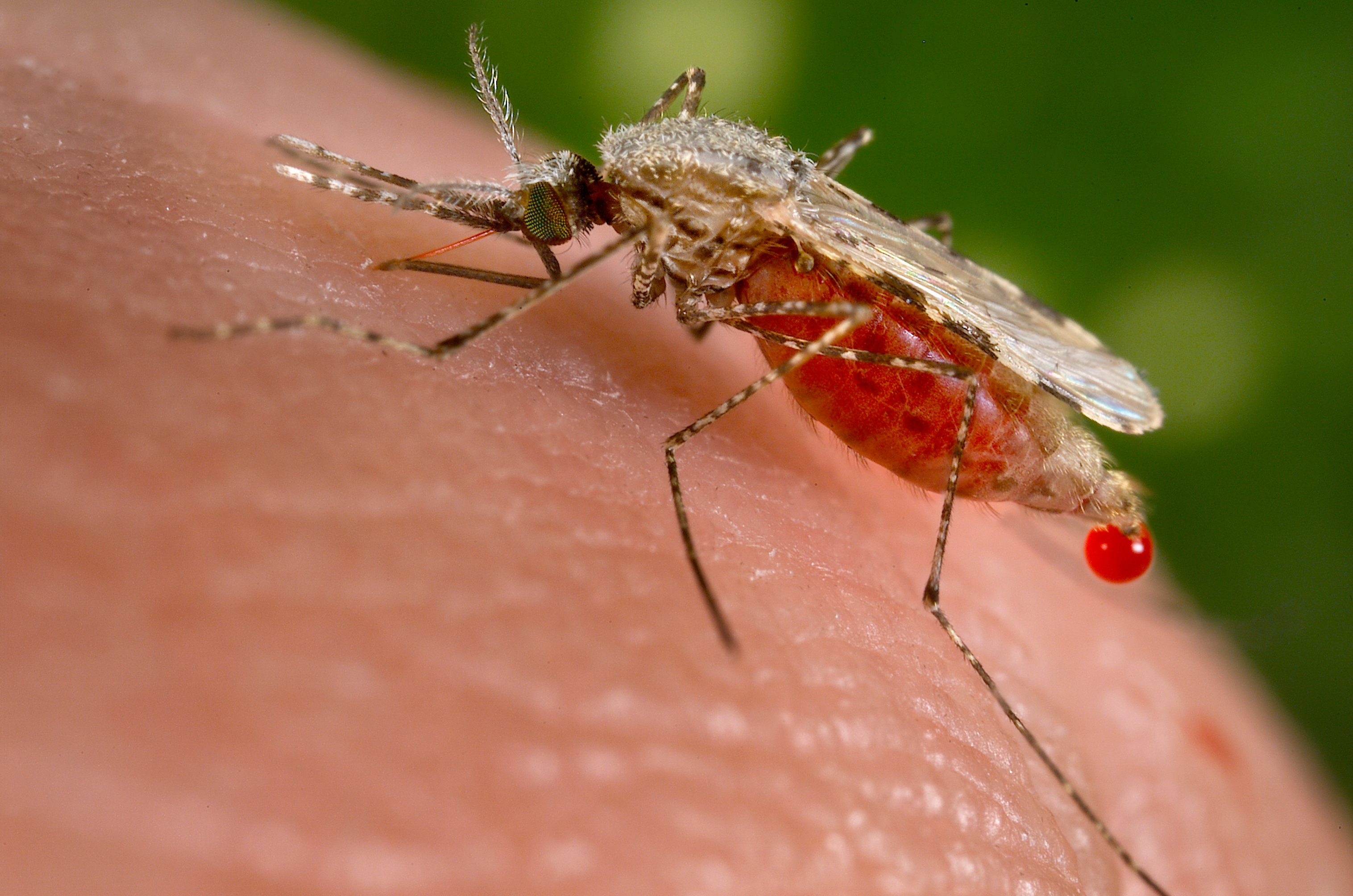|
Tritetrabdella
''Tritetrabdella'' is a genus of terrestrial hemataphagous leeches in the family Haemadipsidae. Unlike other haemadipsid leeches, ''Tritetrabdella'' species have four annuli on their mid-body segments. They have three jaws, with a total 45 teeth, and lack salivary papillae Papilla (Latin, 'nipple') or papillae may refer to: In animals * Papilla (fish anatomy), in the mouth of fish * Papilla (worms), small bumps on the surface of certain worms * Basilar papilla, a sensory organ of lizards, amphibians and fish * De .... ''Tritrabdella'' feeds primarily on amphibians and probably on small mammals as well, but to a lesser extent. Bornean species may be endangered due to amphibian population decline, disturbance and fragmentation of habitat, and climate fluctuations. Species Five species are recognized: References {{Taxonbar, from=Q55659184 Haemadipsidae Fauna of the Indomalayan realm Invertebrates of Southeast Asia ... [...More Info...] [...Related Items...] OR: [Wikipedia] [Google] [Baidu] |
Haemadipsidae
__NOTOC__ Haemadipsidae (From Greek "haima" and "dipsa" ("blood" and "thirst", respectively)) are a family of jawed leeches. They are a monophyletic group of hirudiniform proboscisless leeches. These leeches have five pairs of eyes, with the last two separated by two eyeless segments. The family is monotypic, containing only the subfamily Haemadipsinae. However, the family can apparently be divided into two or three distinct lineages. At least one of the proposed splits, while not a distinct family, might be a valid subfamily. Haemadipsids have two or three jaws. The two-jawed (duognathous) species were classified in a number of largely monotypic or non-monophyletic genera, so they were placed into a single monophyletic genus called ''Chtonobdella''. To increase grip, their caudal suckers have textured "friction" or "sucker" rays. Commonly known as jawed land leeches, these annelids are known from subtropical and tropical regions around the Indian and Pacific Ocean. Well-kn ... [...More Info...] [...Related Items...] OR: [Wikipedia] [Google] [Baidu] |
John Percy Moore
John Percy Moore (1869–1965) was an American zoologist who specialized in the research of leeches. Biography Born in Williamsport, Pennsylvania in 1869, Moore was educated at the Central High School of Philadelphia, where he received his Bachelor of Arts degree in 1886. A student at the University of Pennsylvania, he obtained his Bachelor of Science degree there in 1892 and his Doctor of Philosophy in 1896. After 1890, he was repeatedly employed by the United States Fish Commission. An instructor in biology at the Hahnemann Medical College from 1896 to 1898, he served as an instructor in zoology at the Marine Biological Laboratory in Woods Hole, Mass after 1901. An instructor in zoology at Penn from 1892 to 1907, he served as an assistant professor from 1907 to 1909, and was then appointed as a professor. In 1902, he became assistant curator of the Academy of Natural Sciences in Philadelphia and worked for many years with Witmer Stone. He was elected to the American Philosophica ... [...More Info...] [...Related Items...] OR: [Wikipedia] [Google] [Baidu] |
Hematophagy
Hematophagy (sometimes spelled haematophagy or hematophagia) is the practice by certain animals of feeding on blood (from the Greek words αἷμα ' "blood" and φαγεῖν ' "to eat"). Since blood is a fluid tissue rich in nutritious proteins and lipids that can be taken without great effort, hematophagy is a preferred form of feeding for many small animals, such as worms and arthropods. Some intestinal nematodes, such as Ancylostomatids, feed on blood extracted from the capillaries of the gut, and about 75 percent of all species of leeches (e.g., '' Hirudo medicinalis'') are hematophagous. The spider '' Evarcha culicivora'' feeds indirectly on vertebrate blood by specializing on blood-filled female mosquitoes as their preferred prey. Some fish, such as lampreys and candirus; mammals, especially vampire bats; and birds, including the vampire finch, Hood mockingbird, Tristan thrush, and oxpeckers, also practise hematophagy. Mechanism and evolution Hematop ... [...More Info...] [...Related Items...] OR: [Wikipedia] [Google] [Baidu] |
Annulus (zoology)
In zoology, an annulus is an external circular ring. Annuli are commonly found in segmented animals such as earthworms and leeches. The bodies of these annelids are externally marked by annuli that are arranged in series with each other. An annulus may also be an indication of growth in certain species, similar to dendrochronology Dendrochronology (or tree-ring dating) is the scientific method of chronological dating, dating tree rings (also called growth rings) to the exact year they were formed in a tree. As well as dating them, this can give data for dendroclimatology, .... For example, in fish, it is a series of concentric rings (or annuli) formed in the scales of bony fish. In bivalve mollusks, annuli are concentric growth rings in their shells. References Fish anatomy Incremental dating Animal anatomy {{bony-fish-stub ... [...More Info...] [...Related Items...] OR: [Wikipedia] [Google] [Baidu] |
Metamerism (biology)
In biology, metamerism is the phenomenon of having a linear series of body segments fundamentally similar in structure, though not all such structures are entirely alike in any single life form because some of them perform special functions. In animals, metameric segments are referred to as somites or metameres. In plants, they are referred to as metamers or, more concretely, phytomers. In animals In animals, zoologists define metamery as a mesodermal event resulting in serial repetition of unit subdivisions of ectoderm and mesoderm products. Endoderm is not involved in metamery. Segmentation is not the same concept as metamerism: segmentation can be confined only to ectodermally derived tissue, e.g., in the Cestoda tapeworms. Metamerism is far more important biologically since it results in metameres - also called somites - that play a critical role in advanced locomotion. One can divide metamerism into two main categories: * homonomous metamery is a strict serial su ... [...More Info...] [...Related Items...] OR: [Wikipedia] [Google] [Baidu] |
Saliva
Saliva (commonly referred as spit or drool) is an extracellular fluid produced and secreted by salivary glands in the mouth. In humans, saliva is around 99% water, plus electrolytes, mucus, white blood cells, epithelial cells (from which DNA can be extracted), enzymes (such as lingual lipase and amylase), and antimicrobial agents (such as secretory IgA, and lysozymes). The enzymes found in saliva are essential in beginning the process of digestion of dietary starches and fats. These enzymes also play a role in breaking down food particles entrapped within dental crevices, thus protecting teeth from bacterial decay. Saliva also performs a lubricating function, wetting food and permitting the initiation of swallowing, and protecting the oral mucosa from drying out. Saliva has specialized purposes for a variety of animal species beyond predigestion. Certain swifts construct nests with their sticky saliva. The foundation of bird's nest soup is an aerodramus nest. Venom ... [...More Info...] [...Related Items...] OR: [Wikipedia] [Google] [Baidu] |
Papilla
Papilla (Latin, 'nipple') or papillae may refer to: In animals * Papilla (fish anatomy), in the mouth of fish * Papilla (worms), small bumps on the surface of certain worms * Basilar papilla, a sensory organ of lizards, amphibians and fish * Dental papilla, in a developing tooth * Dermal papillae, part of the skin structure * Major duodenal papilla, in the duodenum * Minor duodenal papilla, in the duodenum * Genital papilla, a feature of the external genitalia of some animals * Mammary papilla or nipple, a raised region of tissue on the surface of the breast * Interdental papilla, part of the gums * Lacrimal papilla, on the bottom eyelid * Lingual papillae, small structures on the upper surface of the tongue * Renal papilla, part of the kidney * Tumor papilla, consisting of tumor cells surrounding a fibrovascular core In plants and fungi * Papilla (mycology), a nipple-shaped protrusion in the center of the cap * Stigmatic papilla, part of the stigma (botany) See also * ... [...More Info...] [...Related Items...] OR: [Wikipedia] [Google] [Baidu] |
Borneo
Borneo () is the List of islands by area, third-largest island in the world, with an area of , and population of 23,053,723 (2020 national censuses). Situated at the geographic centre of Maritime Southeast Asia, it is one of the Greater Sunda Islands, located north of Java Island, Java, west of Sulawesi, and east of Sumatra. The island is crossed by the equator, which divides it roughly in half. The list of divided islands, island is politically divided among three states. The sovereign state of Brunei in the north makes up 1% of the territory. Approximately 73% of Borneo is Indonesian territory, and in the north, the East Malaysian states of Sabah and Sarawak make up about 26% of the island. The Malaysian federal territory of Labuan is situated on a small island just off the coast of Borneo. Etymology When the sixteenth-century Portuguese explorer Jorge de Menezes made contact with the indigenous people of Borneo, they referred to their island as ''Pulu K'lemantang'', which ... [...More Info...] [...Related Items...] OR: [Wikipedia] [Google] [Baidu] |
Habitat Fragmentation
Habitat fragmentation describes the emergence of discontinuities (fragmentation) in an organism's preferred environment (habitat), causing population fragmentation and ecosystem decay. Causes of habitat fragmentation include geological processes that slowly alter the layout of the physical environment (suspected of being one of the major causes of speciation), and human activity such as land conversion, which can alter the environment much faster and causes the extinction of many species. More specifically, habitat fragmentation is a process by which large and contiguous habitats get divided into smaller, isolated patches of habitats. Definition The term habitat fragmentation includes five discrete phenomena: * Reduction in the total area of the habitat * Decrease of the interior: edge ratio * Isolation of one habitat fragment from other areas of habitat * Breaking up of one patch of habitat into several smaller patches * Decrease in the average size of each patch of habit ... [...More Info...] [...Related Items...] OR: [Wikipedia] [Google] [Baidu] |
Climate Change
Present-day climate change includes both global warming—the ongoing increase in Global surface temperature, global average temperature—and its wider effects on Earth's climate system. Climate variability and change, Climate change in a broader sense also includes previous long-term changes to Earth's climate. The current rise in global temperatures is Scientific consensus on climate change, driven by human activities, especially fossil fuel burning since the Industrial Revolution. Fossil fuel use, Deforestation and climate change, deforestation, and some Greenhouse gas emissions from agriculture, agricultural and Environmental impact of concrete, industrial practices release greenhouse gases. These gases greenhouse effect, absorb some of the heat that the Earth Thermal radiation, radiates after it warms from sunlight, warming the lower atmosphere. Carbon dioxide, the primary gas driving global warming, Carbon dioxide in Earth's atmosphere, has increased in concentratio ... [...More Info...] [...Related Items...] OR: [Wikipedia] [Google] [Baidu] |
Fauna Of The Indomalayan Realm
Fauna (: faunae or faunas) is all of the animal life present in a particular region or time. The corresponding terms for plants and fungi are ''flora'' and ''funga'', respectively. Flora, fauna, funga and other forms of life are collectively referred to as '' biota''. Zoologists and paleontologists use ''fauna'' to refer to a typical collection of animals found in a specific time or place, e.g. the "Sonoran Desert fauna" or the "Burgess Shale fauna". Paleontologists sometimes refer to a sequence of faunal stages, which is a series of rocks all containing similar fossils. The study of animals of a particular region is called faunistics. Etymology ''Fauna'' comes from the name Fauna, a Roman goddess of earth and fertility, the Roman god Faunus, and the related forest spirits called Fauns. All three words are cognates of the name of the Greek god Pan, and ''panis'' is the Modern Greek equivalent of fauna (πανίς or rather πανίδα). ''Fauna'' is also the word for a book ... [...More Info...] [...Related Items...] OR: [Wikipedia] [Google] [Baidu] |



